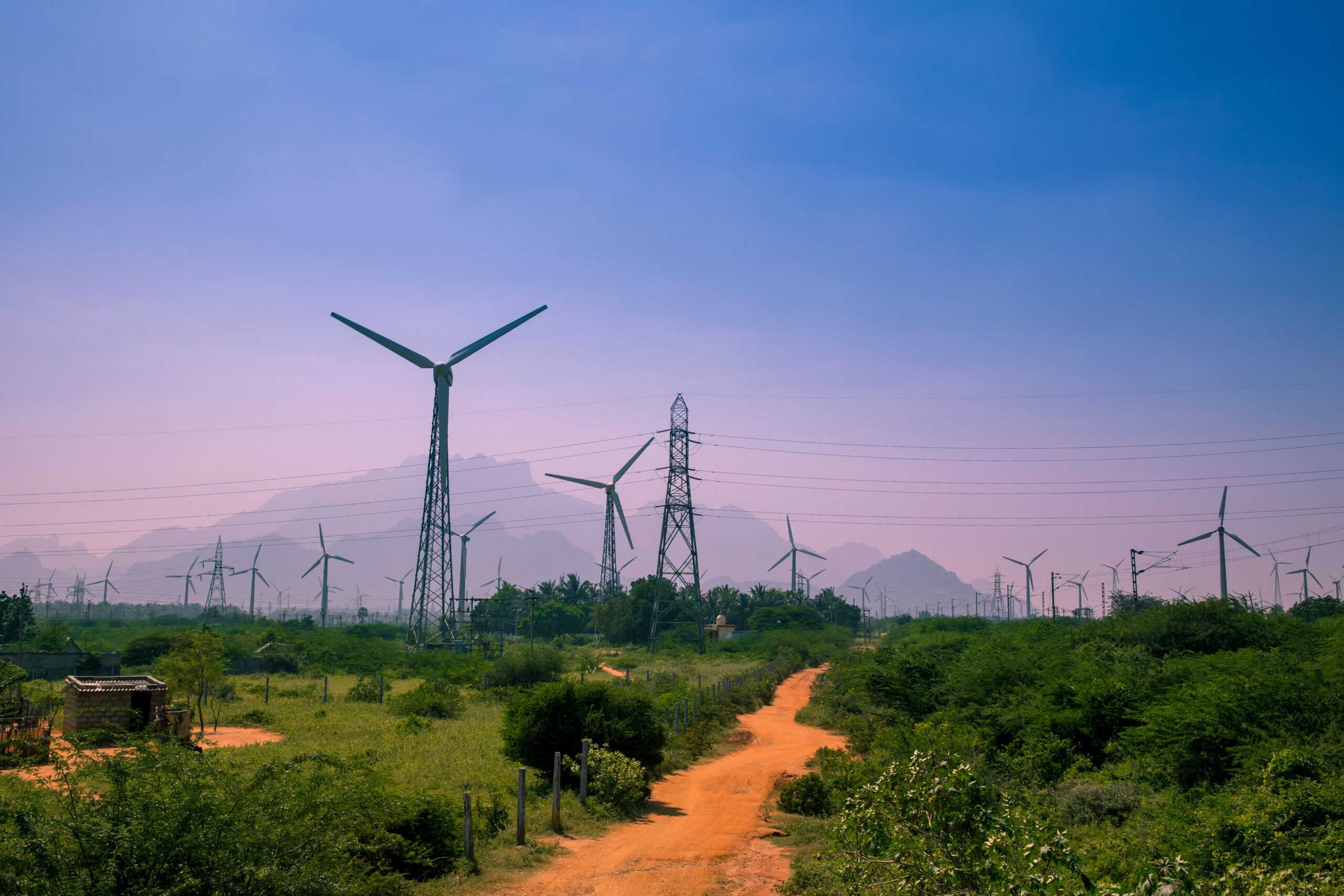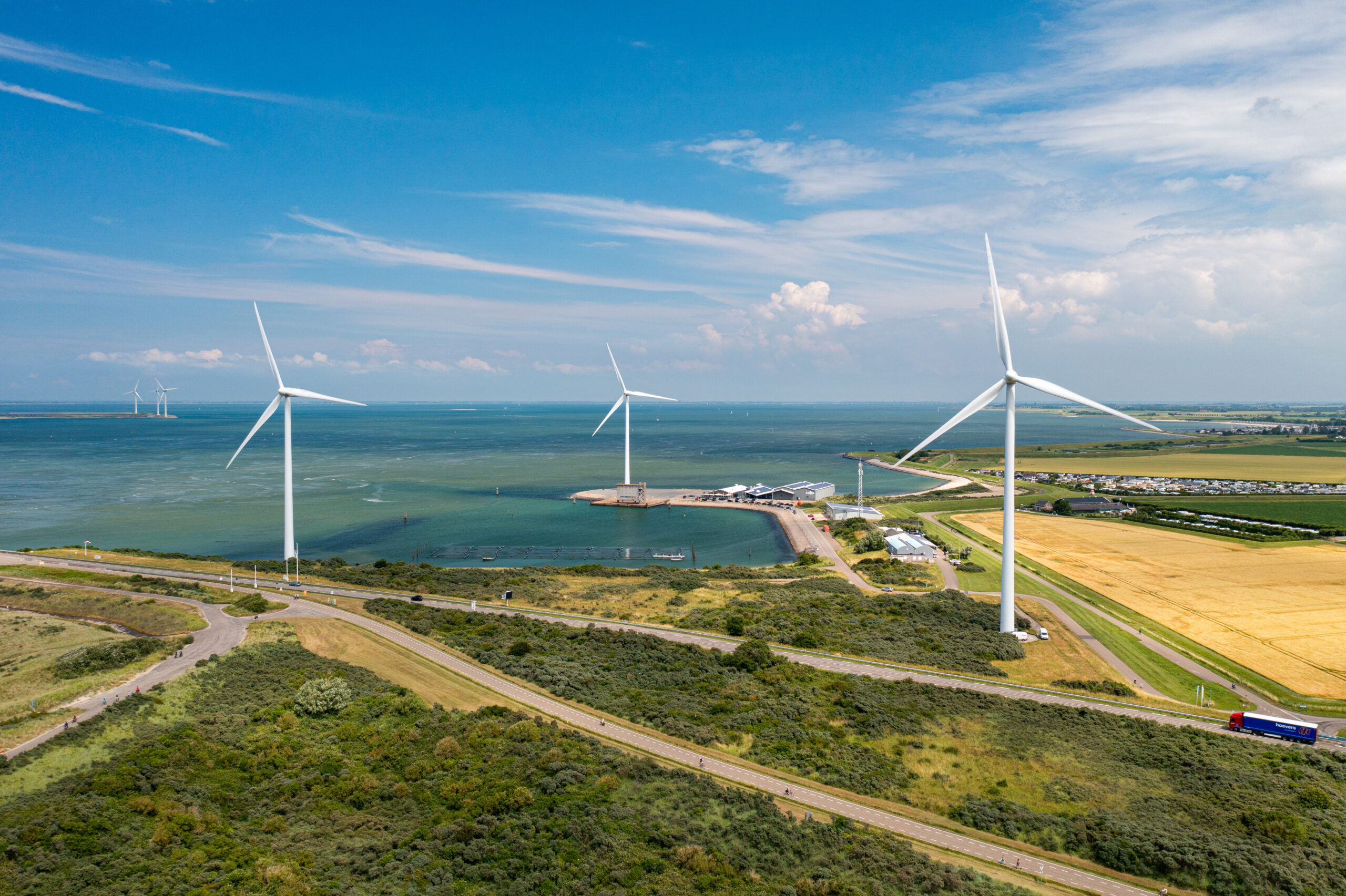Indian state firms stick to fossil fuels despite green push
Investment in fossil fuels by India’s 14 largest state-owned energy firms was 11 times higher last year than investment in clean energy, a new study shows.

India’s key state-owned energy companies, including oil and gas explorers, refiners, power producers and coal miners, have chalked out billions of dollars of investment in fossil fuels while making token investments in new and renewable energy even though Prime Minister Narendra Modi has committed to 2070 net-zero emissions targets for the world’s third largest greenhouse gas emitter. Lack of big-ticket investment by state firms may slow India’s decarbonization efforts.
Investments in fossil fuels made by India’s 14 largest state-owned energy firms, which had a combined capital expenditure of 1.4 trillion rupees (16.8 billion euros) in the fiscal year ended March 31, 2021, were 11 times higher than that for clean energy, according to a joint study by the Delhi-based Council on Energy, Environment and Water (CEEW), a not-for-profit independent policy research institute, and Canada’s International Institute for Sustainable Development (IISD) that was published last week.
The study also noted that government subsidies for fossil fuels were nine times higher than those for clean energy. Even out of the lending of 1.9 trillion rupees (22.8 billion euros) for energy projects by majority government-owned financial institutions, fossil fuel projects bagged three times what clean energy projects got.
For the current financial year, which began on April 1st, state-owned oil companies have planned 1.1 trillion rupees of capital expenditure, most of which is flowing into traditional fossil fuel ventures only. Even the long-term clean energy targets of most state firms remain unimpressive compared with their privately-held peers. For example, state-owned flagship explorer Oil and Natural Gas Corp (ONGC) is seeking to expand its renewable power generation base to just 10 GW by 2040 and has set aside a mere $1 billion of venture fund financing for investment in new frontier opportunities by 2040. That is minuscule considering ONGC’s annual capital expenditure is around $3.5 billion and India is seeking 450 GW of installed renewable power, excluding hydro, by 2030.
“India’s public sector undertakings (PSU) have a strong social mandate such as energy security, providing energy access or reducing consumer prices which often results in foregone revenue or willful losses,” Balasubramanian Viswanathan, a policy advisor with the IISD, told Gas Outlook. “This has resulted in PSUs not being aligned with national clean energy targets and not investing in new and renewable energy at scale.”
India’s state refiners are presently selling diesel and gasoline below market rates to shield consumers from high fuel prices, a move that will hurt cashflows and impact investments. Local media reports say that the government may impose a windfall tax on oil and gas explorers to help partly compensate for the losses of refiners, a move that may hurt the investments of upstream companies.
State-owned firms are investing more in fossil fuels as India’s demand is likely to stay strong. The International Energy Agency has forecast that India, the world’s second largest coal, third largest oil, and fourth largest LNG consumer, will be the growth engine of global energy demand over the next two decades. It projected that India’s oil demand will rise to 8.7 million b/d in 2040 from 5 million b/d in 2019, that gas demand will roughly jump three-fold to 201 bcm in 2040 from 63 bcm in 2019, and coal to 772 million tons from 590 mmt in 2019, under the existing policy scenario.
“The new energy investment decisions are futuristic,” RS Sharma, former chairman of ONGC, told Gas Outlook. “The chairman of any public sector undertaking has a limited tenure, and he does not have much time and independence to drive investments in such projects.”
Billionaire leaders
India’s new energy push has been led by nimble-footed privately-held companies, attracted by economics and assured return on investments. Billionaire Mukesh Ambani, who owns Reliance Industries, that operates India’s largest private sector refinery, last year promised a US$10 billion investment over three years to set up four gigafactories to make photovoltaic cells, batteries, fuel cells, electrolyzers and aims for 100 GW of solar-fired capacity by 2030. His rival Gautam Adani, who owns conglomerate Adani Group, has promised $70 billion of investment by 2030 in the green energy value chain.
Lack of investment by state-owned companies could slow down India’s transition to net zero by 2070. In a study released in November last year, CEEW estimated that India will need investments worth over US$10.1 trillion to reach that goal. However it could face a significant investment shortfall of US$3.5 trillion and investment support of US$1.4 trillion will be needed in the form of concessional finance from developed economies to mobilize foreign capital to bridge that gap.
However, the government channelling the investments of state firms into clean energy presents a fiscal challenge, as fossil fuels are deeply entrenched in the economy. In the fiscal year ended March 2020, the energy revenue of state and federal government was 7 trillion rupees ($84 billion), or 17% of all government revenue, according to the CEEW-IISD study. About 83% of that came from the taxes levied on diesel and gasoline by state and federal governments.
Some state firms like refiners Bharat Petroleum Corp and Hindustan Petroleum Corp have announced net zero goals for 2040 but have yet to provide details on achieving them. The present focus of state firms on the clean energy transition remains mostly limited to biofuels, green hydrogen projects and setting up electric vehicle charging stations.
IISD’s Balasubramanian points out that state companies must identify diversification options in clean energy that align best with their existing business practices and must commit to investment targets and periodically ratchet up their ambitions. “They must react right-away or risk investors fleeing from their fossil-intensive portfolios which are also vulnerable to significant non-performing fossil assets,” he added.



